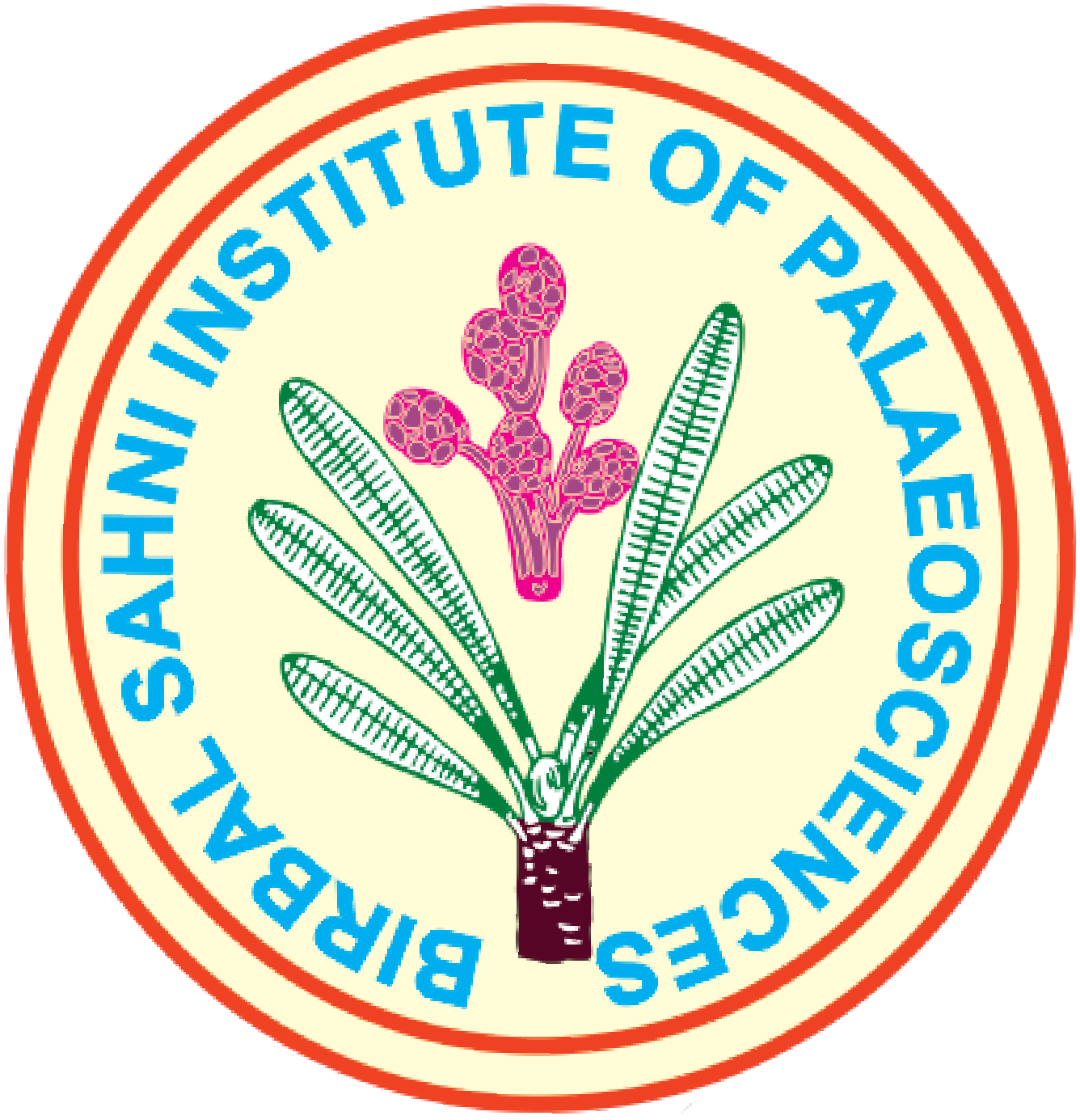A Preliminary Organic Geochemical and Petrographical Investigation of Neyveli lignite (mine-1) to Understand the Depositional Environment and Hydrocarbon Source Characteristics.
DOI:
https://doi.org/10.54991/jop.2024.1892Abstract
The lignite deposit of Neyveli mine-1 associated with the Cuddalore formation (Miocene) of Cauvery Basin, South India is studied using a combination of organic geochemical (FTIR spectroscopy and GC-MS) and organic petrographical analyses to identify the composition and kerogen type to reconstruct its palaeoflora and palaeodepositional setting. Also, its rank, thermal maturity, and hydrocarbon source potential are identified. The huminite macerals (78.11 av. vol.%) were found to be the most abundant. The petrographical facies indices (GI-TPI, GWI-VI), Paq values, and Pr/n-C17 vs. Ph/n-C18 plot indicate a mixed type of organic matter deposited in a limno-telmatic regime under mesotrophic to rheotrophic hydrological conditions. The presence of herbaceous plants is supported by a high percentage of detrohuminite, VI values, and mid-chain alkanes. The presence of ulminite, resinite, sporinite, suberinite and cutinite, fluorescing huminite, high CPI (avg. 3.16) and TAR values (avg. 17.27), high Pwax ratio (avg. 0.81) and high abundance of longer chain alkanes (n-C27 and n-C29), supports the presence of higher plants. Short-chain alkanes and alginite support algal input. The percentage of funginite (3.18 avg. vol.%) and the ACL values represent a warm and humid palaeoclimate. The Pr/Ph ratio and Pr/n-C17 vs Ph/n-C18 plot indicate the suboxic to anoxic redox conditions (transitional environment). Minimal peat fires and periodic flooding events contributed to the low rank. Hydroxyl (3656-3226 cm-1), aliphatic stretching and bending (2847-2954 cm-1, 1377-1451 cm-1), aromatic (1513-1615 cm-1) and carboxyl groups (1701-1709 cm-1) are obtained from FTIR spectra. The huminite reflectance measurement gives a rank of low-rank B (av. 0.37% Rr), and OEP values indicate immaturity. The different ternary diagrams and pseudo-Van Krevelen diagram indicate this lignite possesses admixed type-III/II kerogen which can generate heavy hydrocarbons. By also considering the presence of pre-oil solid bitumen, the Neyveli mine-1 lignite is identified as gas-prone and capable of oil generation.
Downloads
Metrics
Downloads
Published
How to Cite
Issue
Section
License
Copyright (c) 2024 Journal of Palaeosciences

This work is licensed under a Creative Commons Attribution-NonCommercial 4.0 International License.









